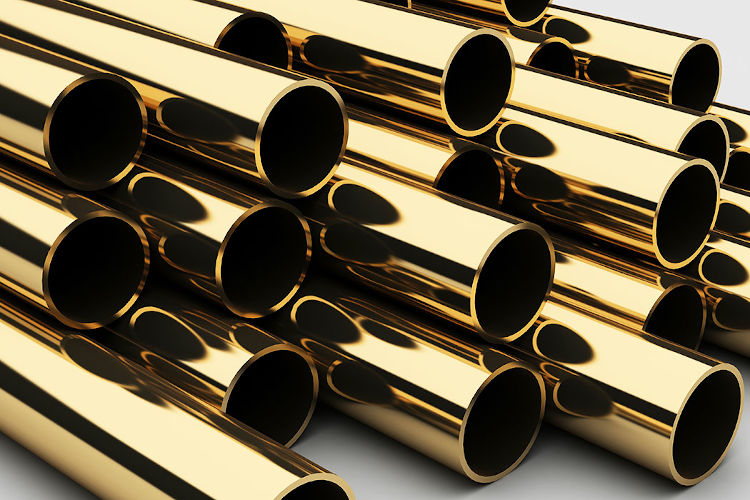
Opening time
Monday - Friday: 9:00 - 17:00

La fosfatazione allo zinco è un processo galvanico che consiste nell’applicazione di uno strato di fosfato di zinco sulla superficie di un pezzo in acciaio. Questo strato offre una protezione dalla corrosione e migliora l’adesione di vernici e altri rivestimenti.
The zinc phosphating process involves immersing the piece in an acid solution containing zinc salts and phosphates. During the immersion, the steel is cleaned and prepared for the subsequent application of the zinc phosphate layer.
After immersion, the piece is washed thoroughly to remove any residues of the acid solution and then immersed in a zinc phosphate solution. This solution reacts with the steel to produce a layer of zinc phosphate on the surface of the workpiece.
The last step of the process consists in washing and drying the phosphate piece. The end result is a steel piece with a zinc phosphate layer that offers corrosion protection and improves the adhesion of subsequent coatings.
Zinc phosphating is used in a wide range of industrial applications, including automotive, construction and electronics. It is a very widespread galvanizing technology and also used in combination with other galvanic treatments to offer even more effective protection against corrosion.
La cadmatura elettrolitica degli acciai è un processo di galvanizzazione che prevede l’applicazione di uno strato di cadmio sulla superficie dell’acciaio. Questo strato di cadmio offre una protezione contro la corrosione e migliora l’aspetto estetico del pezzo.
The electrolytic cadmating process involves immersing the piece in a solution containing cadmium salts and a reducing agent. During the immersion, the steel is cleaned and prepared for the subsequent application of the cadmium layer.
After immersion, the piece is placed in an electrolytic bath containing dissolved cadmium. An electric field is applied across the bath, causing a uniform layer of cadmium to be deposited on the surface of the part.
The last step of the process consists in washing and drying the cadmium-plated piece. The end result is a steel piece with a cadmium layer that offers protection against corrosion and improves the aesthetic appearance of the piece.
Electroplating of steels is used in a wide range of industrial applications, including automotive, aeronautics and electronics.
La nichelatura elettrolitica degli acciai è un processo di galvanizzazione che prevede l’applicazione di uno strato di nichel sulla superficie dell’acciaio. Questo strato di nichel offre una protezione contro la corrosione, migliora l’aspetto estetico del pezzo e può migliorare anche le proprietà meccaniche del pezzo.
The electrolytic nickel plating process involves immersing the piece in a solution containing nickel salts and a reducing agent. During the immersion, the steel is cleaned and prepared for the subsequent application of the nickel layer.
After immersion, the piece is placed in an electrolytic bath containing dissolved nickel. An electric field is applied across the bath, causing a uniform layer of nickel to be deposited on the surface of the workpiece.
The last step of the process consists in washing and drying the nickel-plated piece. The end result is a steel part with a nickel layer that offers corrosion protection, improves the aesthetic appearance of the part and can also improve the mechanical properties of the part.
Electrolytic nickel plating of steels is used in a wide range of industrial applications, including automotive, aeronautics and electronics. Additionally, nickel has magnetic and wear-resisting properties that make it ideal for some specific applications.